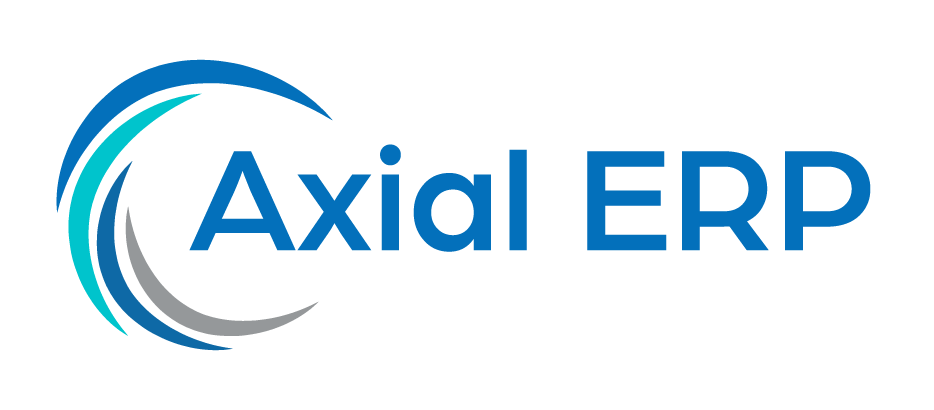Challenges and Strategies in the Implementation of ERP in the Public Sector
The implementation of Enterprise Resource Planning (ERP) systems in the public sector poses a significant challenge due to the inherent complexity of government structures and expectations of transparency and efficiency. This article provides a comprehensive analysis of the difficulties faced by public entities when adopting these technological solutions and strategies to successfully navigate through this process.
Understanding ERP and Its Importance in the Public Sector
ERP systems are integrated platforms that help organizations manage and automate many aspects related to their operations and services. In the context of the public sector, ERPs not only aim for operational efficiency but also strive to improve the quality of citizen services, ensure transparency, and optimize resource management.
Unique Challenges of the Public Sector
The public sector presents particular challenges that are not always replicated in the private sector, such as the need to comply with specific regulations, manage public funds, and provide services under public scrutiny. Additionally, the diversity of stakeholders and the complexity of government processes add additional layers of difficulty to the implementation of ERP systems.
Regulations and Compliance
Government entities must adhere to strict legal frameworks, which means that any ERP system must be flexible enough to adapt to regulatory changes and ensure compliance at all times.
Change Management and Organizational Culture
Resistance to change is a critical factor in the public sector. Implementing an ERP involves a transformation in organizational culture that must be carefully managed to ensure employee adoption of the system.
Integration and Data Standards
Integrating legacy systems and standardizing data are considerable challenges, as public entities often have a variety of disparate systems that must be unified under the new ERP.
Strategies for Successful ERP Implementation
To overcome the mentioned obstacles, it is essential to adopt a set of strategies that guide the implementation of ERP in the public sector.
Planning and Goal Definition
Detailed planning and clear goal definition are essential to align the ERP project with the goals of the public entity. This includes establishing success metrics and having a long-term vision of the impact of the ERP.
Project Management and Leadership
Effective ERP project management requires strong and committed leadership, as well as a project team with the necessary skills and knowledge to address technical and organizational challenges.
Communication and Stakeholder Participation
Open communication and active stakeholder participation ensure that needs and concerns are addressed in a timely manner, facilitating system adoption and minimizing resistance to change.
Training and Ongoing Support
User training and ongoing support are crucial for the long-term success of the ERP. Employees must feel comfortable and competent using the new system for it to be effectively integrated into daily operations.
Conclusion
Implementing ERP in the public sector is a complex process that requires a strategic approach and meticulous execution. Despite the challenges, the potential benefits in terms of operational efficiency, transparency, and citizen service make it worthwhile. With proper planning, leadership, communication, and training, public entities can overcome obstacles and maximize the value of their ERP investments.



